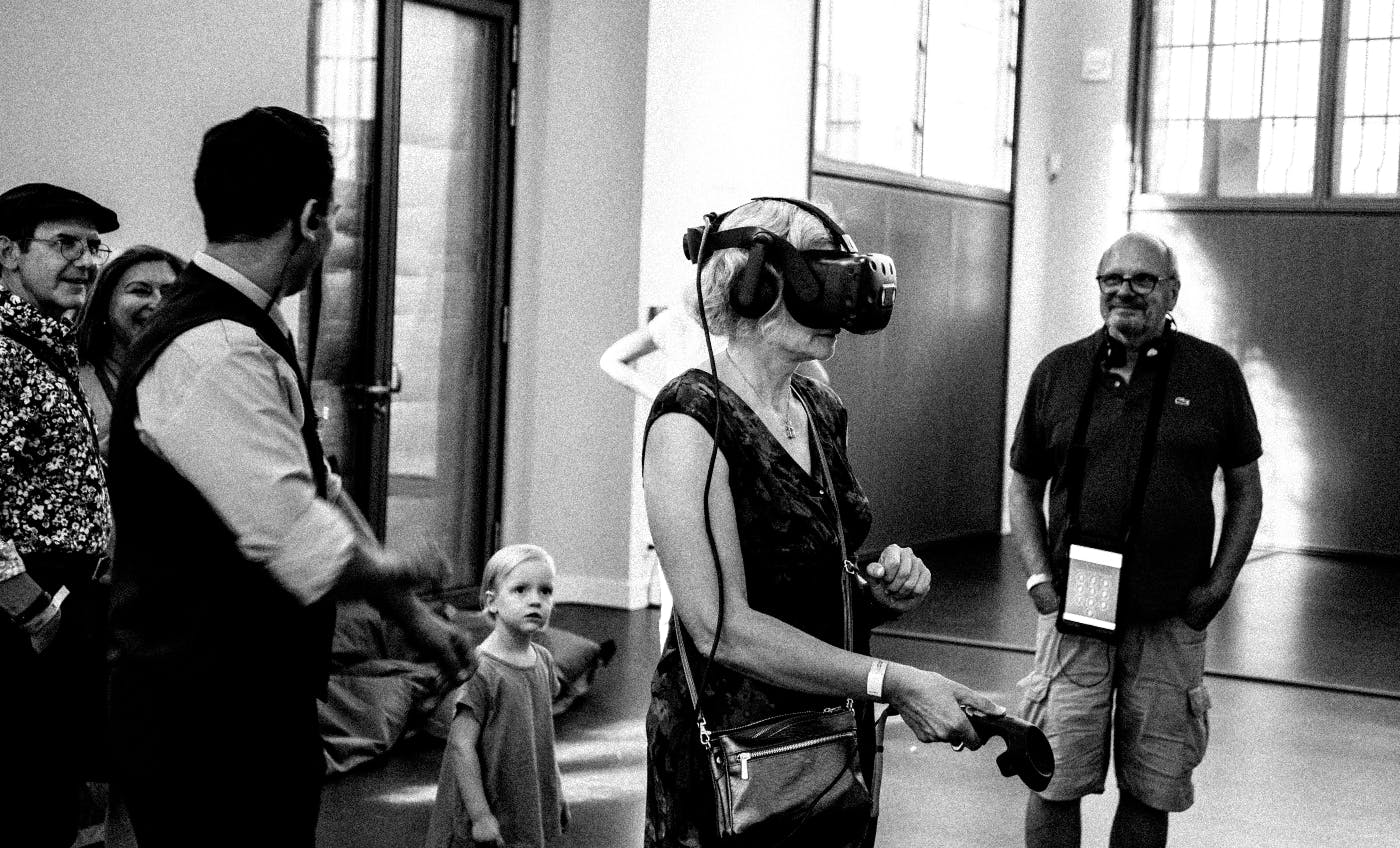
In the ever-evolving landscape of the internet, where websites and digital platforms have become integral parts of our lives, user-centric web design has emerged as a pivotal concept that shapes the way we interact with the online world.
In the ever-evolving landscape of the internet, where websites and digital platforms have become integral parts of our lives, user-centric web design has emerged as a pivotal concept that shapes the way we interact with the online world. Gone are the days when a visually appealing website was sufficient to capture users' attention. Today, the focus has shifted to creating digital experiences that not only attract but also delight users. User-centric web design has become the cornerstone of crafting successful online platforms that resonate with audiences, drive engagement, and ultimately lead to desired actions.
The Core
At its core, user-centric web design centers around understanding the needs, behaviors, and preferences of the target audience. It goes beyond aesthetics and delves into the psychology of human interaction with technology. This approach involves a comprehensive understanding of the user journey, from the moment they land on a website to the actions they take and the emotions they experience throughout their visit. By putting the user first and foremost, designers can create seamless, intuitive, and enjoyable experiences that leave a lasting impact.
Empathy
One of the fundamental principles of user-centric design is empathy. Designers need to put themselves in the users' shoes, anticipating their questions, concerns, and desires. By adopting this empathetic mindset, designers can make informed decisions about the layout, content presentation, and navigation of a website. This results in interfaces that are not only visually appealing but also highly functional. After all, a beautiful design loses its charm if users struggle to find what they're looking for.

Usability
Usability plays a pivotal role in user-centric web design. Websites should be easy to navigate, with intuitive menus, clear calls-to-action, and a logical information hierarchy. Users should never feel lost or confused when exploring a website. This often involves conducting thorough usability testing to identify pain points and areas for improvement. By gathering real user feedback, designers can refine the design iteratively, ensuring that the final product aligns with users' expectations.
Personalization
Personalization is another key element of user-centric design. In the era of data-driven insights, websites have the capability to tailor content and experiences based on user preferences and behaviors. From product recommendations on e-commerce sites to content suggestions on news platforms, personalization enhances user engagement by delivering relevant and meaningful interactions. However, it's important to strike a balance – while personalization can create delightful experiences, it should never infringe on users' privacy or make them feel uncomfortable.
Performance & Speed
Performance and speed are often overlooked aspects of user-centric design, yet they have a profound impact on user satisfaction. A slow-loading website can frustrate users and lead to high bounce rates. To create delightful experiences, designers must optimize images, streamline code, and leverage caching mechanisms to ensure that websites load swiftly across devices and network conditions.
Responsiveness
Responsive design is a non-negotiable component of user-centric web design. With users accessing websites from a myriad of devices – from smartphones and tablets to desktops and even smart TVs – it's essential that designs adapt seamlessly to different screen sizes. A responsive design not only enhances user experience but also contributes to search engine optimization, as search engines prioritize mobile-friendly websites in their rankings.
Typography & Colors
The psychology of colors, typography, and visual elements cannot be underestimated in user-centric design. Colors evoke emotions and influence user perceptions, while typography enhances readability and communicates brand identity. Thoughtfully chosen visual elements, such as images, icons, and videos, can convey messages more effectively than text alone. By understanding the psychological impact of these design choices, designers can create cohesive and immersive digital experiences.
Accessibility
Accessibility is a moral and legal imperative that aligns with the principles of user-centric design. Websites should be inclusive and cater to users with disabilities. This involves using proper semantic HTML, providing alternative text for images, ensuring keyboard navigability, and offering adjustable text sizes. An accessible website not only expands the potential audience but also showcases a commitment to equal access and user-centric values.

Summing Up
User-centric web design is a multi-faceted approach that prioritizes the user's needs, emotions, and experiences. It's a fusion of aesthetics, psychology, and functionality that aims to create digital experiences that not only attract but also delight users. By empathizing with users, focusing on usability, personalizing interactions, optimizing performance, embracing responsive design, and considering the psychology of design elements, designers can craft websites and platforms that leave a lasting positive impression. In a world where online presence is paramount, mastering the art of user-centric design is the key to standing out and creating a meaningful impact.
User-centric web design has revolutionized the way websites and digital platforms are created, shifting the focus from mere aesthetics to crafting experiences that resonate with users. This approach involves understanding the audience's needs, behaviors, and preferences, prioritizing empathy and usability. Usability testing ensures seamless navigation, while personalization tailors content to individual users without compromising privacy. Performance optimization and responsive design are crucial for speed and accessibility across devices. Attention to color, typography, and visuals enhances engagement while making designs accessible and ensuring inclusivity. In a digital world, user-centric design is pivotal, creating websites and platforms that leave a positive and lasting impact by prioritizing users' needs and emotions.
You Should Know
ThoughtLab is a dynamic and innovative full-service creative agency renowned for its exceptional branding prowess and relentless commitment to thinking outside the box. With a team of visionary creatives, strategists, Web3, and marketing experts, plus decades of superior website design, ThoughtLab consistently delivers groundbreaking solutions that redefine the boundaries of branding and design. They understand that in today's fast-paced and competitive landscape, it is vital to break away from convention and embrace bold, unique ideas.
ThoughtLab's approach revolves around immersing themselves in their client's businesses, understanding their values and aspirations, and crafting tailor-made branding experiences that resonate deeply with the target audience. Their track record of success stands as a testament to their ability to push creative boundaries, captivate audiences, and ensure their client's brands stand out amidst the noise. With a focus on innovation and a passion for excellence, ThoughtLab continues to be at the forefront of revolutionizing the world of branding and marketing. Contact ThoughtLab today.

